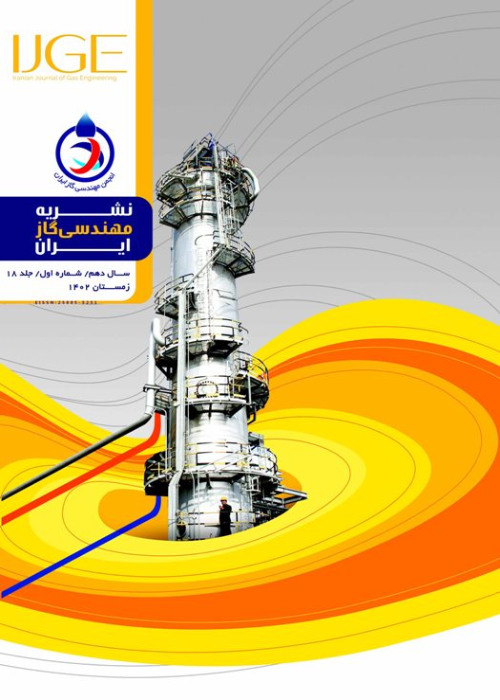Simulation of the Recovery of Gases Sent to the Flare for their Reuse as Hydrocarbon Fuel Sources
Energy and the environment are two important parameters in the development of countries. The flaring system is the main way to waste energy in refineries and operation units, which emits the highest amount of environmental pollutants. Large volumes of associated gases are of high fuel value. Therefore, paying attention to this section's reuse, performance, and modification is of great importance. In this study, Aspen HYSYS software was used. The combination of incoming gas to flare from the Ahvaz refinery was considered. Sweetening was done with methyl diethanolamine and piperazine. Then, the dehydrate was performed with triethylene glycol. Sweetened gas sent to LNG unit. The results of the output of the software show that the separation of carbon dioxide by 99.99% and hydrogen sulfide by 99.94% has been done. When the gas enters from the bottom of the absorption tower, i.e. tray number 20, it has severe temperature changes from 33.6 °C to 54.5 °C, which can be due to the selective absorption of H2S in the presence of CO2 by MDEA and the polarity of H2S. The movement of gas to the top of the tower is accompanied by an increase in temperature up to tray 19, whose temperature has reached 57.7 °C, which is due to the greatest absorption and mass transfer that has occurred in this tray. From tray 19 to tray 13, absorption and temperature decrease until the system reaches equilibrium. As a result, exhaust gas can be considered sweet gas. LNG production capacity in the liquefy unit is 386,700 kg/h, which economically can have a net profit of 32136,000 $ per year.
-
Optimization on Operating Condition for Amino Acids Extraction by Supercritical Carbon Dioxide
A. Armion, A. Vaziri *, B. Honarvar, R. Fazaeli, N. Esfandiari
Iranian Chemical Engineering Journal, -
Measuring the Quality of Industrial Water Used in a Chemical Plant Using arTificial Intelligence (Logistic Regression, Naive Bayesian, Support Vector Machine, Random Forest, and Decision Tree)
F. Sarmast Alizadeh, N. Esfandiari *
Iranian Chemical Engineering Journal,



